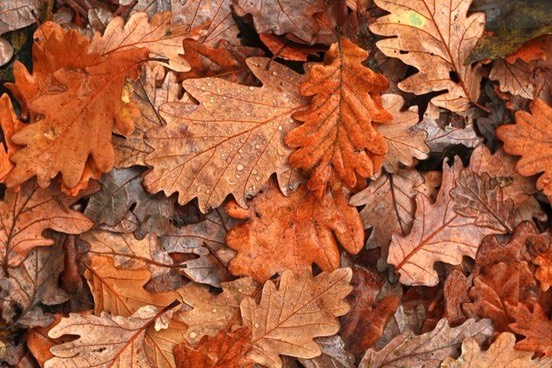
As we move further into the colder months, Richmond’s trees begin to shed their foliage. Leaves are often the easiest way to identify a tree so when looking at a bare canopy, how can we positively ID a tree?
Trees have lots of characteristics that can help with identification. I began my career as an arborist in the dead of winter, so learning these traits was crucial for me. It all comes down to the 3 B’s: buds, branching, and bark.
Buds come in various sizes, shapes, and orientations. Do the buds have a sharp point or are they rounded? Are they snug against the side of the branch, or do they protrude out at a sharp angle? Does the tree even have buds? In my opinion, buds can be tricky to use as an ID tool, but they also can be effective.

Moving away from buds, a tree’s branch pattern can really narrow down its species. Trees either have opposite or alternate branching, meaning the twigs originate opposite from each other or alternate down the length of the branch. Trees with opposite branches can be narrowed down fairly easily. Maple, ash, dogwood, horse chestnut, and trees and shrubs in the honeysuckle family are opposite branched trees. If a tree has alternate branches, you can rest assured that it’s not one of these!
Finally, a tree’s bark can be a dead giveaway. Bark can take on distinct color, depth, and texture. Trees like sycamores or river birch are often identified by their bark alone no matter the season because they’re so distinct. One thing to keep in mind is that some trees’ bark can change as a tree ages, so it’s not always a failsafe.

If the 3 B’s aren’t giving you a positive ID, it never hurts to look at the ground. Fallen leaves can help confirm a guess. Certain trees will also hold onto their fruit throughout the winter, and this can be a great ID tool as well.
Correctly identifying trees in the winter is a fun challenge. I always recommend utilizing as many tools as you can for a positive ID to ensure a positive match. Whether you’re just learning your trees or just want to have a broader knowledge of tree species, the above tips should surely help you out. And these links are a good place to start further research:
https://www.lewisginter.org/enjoy-simplicity-with-winter-tree-id/
https://www.ccfpd.org/Portals/0/Assets/PDF/WinterTreeIDpocketguide.pdf


